
The Central Valley Garden in Winter
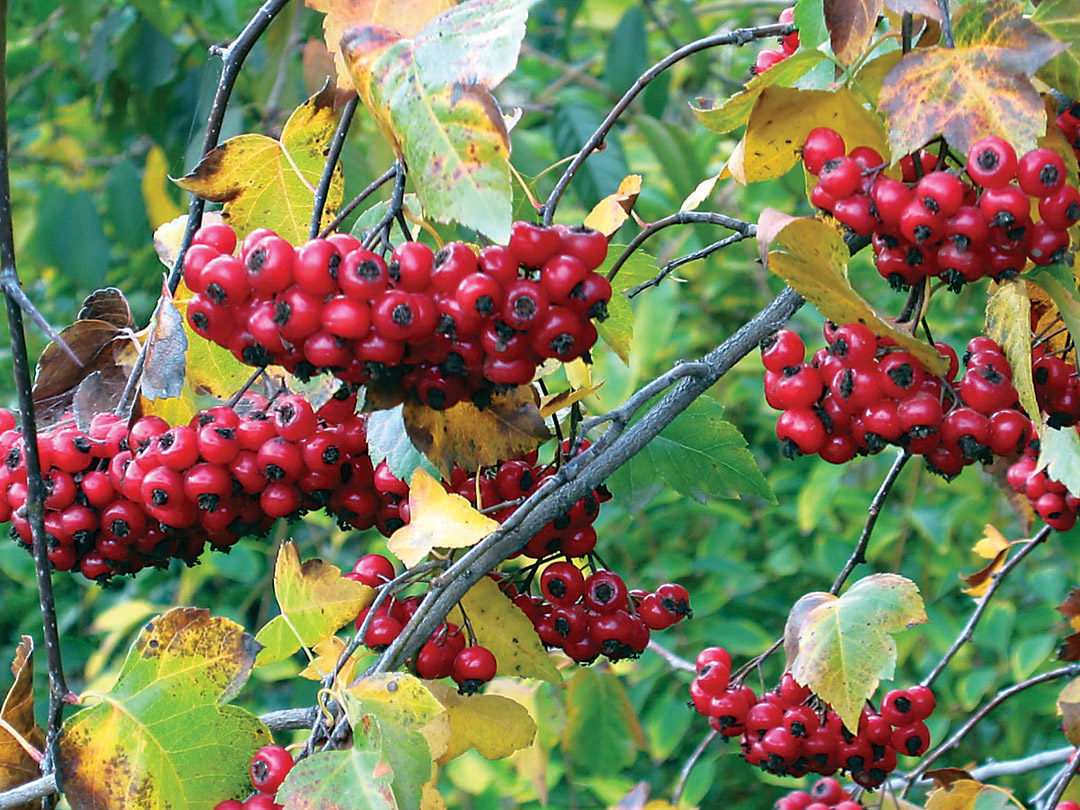
Contributor
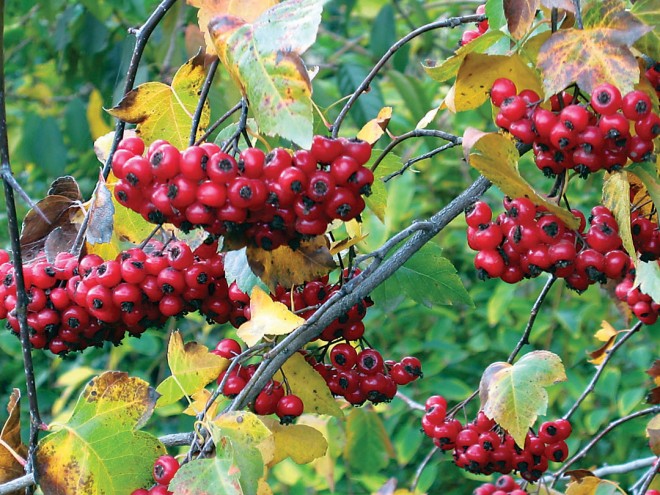
In California’s Central Valley, the onset of winter’s cool, wet weather marks the beginning of the growing season for California native and mediterranean climate plants. Comparable to early spring in colder, continental climates, this is the season when root growth begins and summer drought-adapted plants emerge from dormancy, leafing out and, in some cases, bursting into bloom. A quiet, gray winter day, when the fog is lying low in the valley, is a perfect time to walk in the garden and see things that may go unobserved in summer. Instead of masses of flowers and industrious pollinators, winter highlights include ornamental tree bark, clusters of glossy berries, and interesting plant forms and foliage. As an added bonus, winter gardens are alive with the calls and movement of migrating birds.
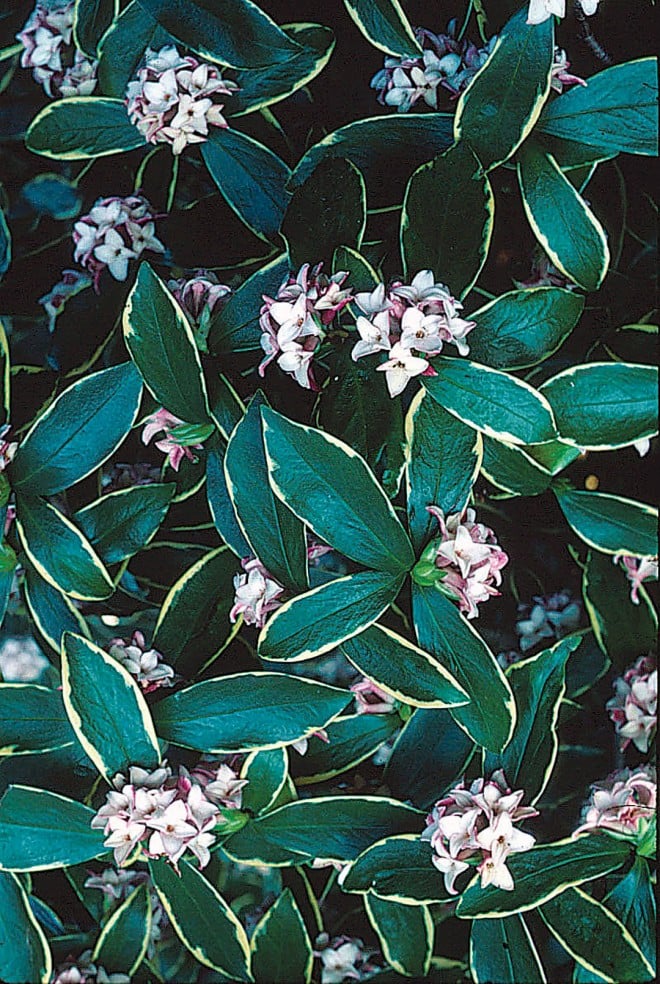
Evergreen Plants for Structure
Winter is the perfect time to consider the shrubs and trees that serve as the “bones” of the garden, forming the foundation and backdrop for smaller plants that come and go. In the UC Davis Arboretum’s California native section, we rely on evergreen shrubs like California wild lilac (Ceanothus spp. and cultivars), toyon (Heteromeles arbutifolia), sugar bush (Rhus ovata), and lemonade berry (Rhus integrifolia) for dependable garden structure. One of our most spectacular winter features is the silk tassel bush (Garrya elliptica ‘James Roof’), with long silvery dangling flower clusters.
In the lower light conditions of winter, we can better appreciate the landscape value of ornamental bark. Sometimes bright and sometimes subtle, these colorations provide sculptural emphasis in winter. A good example is California buckeye (Aesculus californica); in bare winter months, the nearly white trunk and branches of this tree reach upward like a reverse lightning bolt. Evergreen madrone (Arbutus menziesii) and manzanitas (Arctostaphylos spp.) exhibit beautiful mahogany-colored, peeling bark on muscular trunks. An interesting, but rare, evergreen native tree is fern-leaf Catalina ironwood (Lyonothamnus floribundus var. asplenifolius), with shiny, divided leaves and reddish, shredding bark.
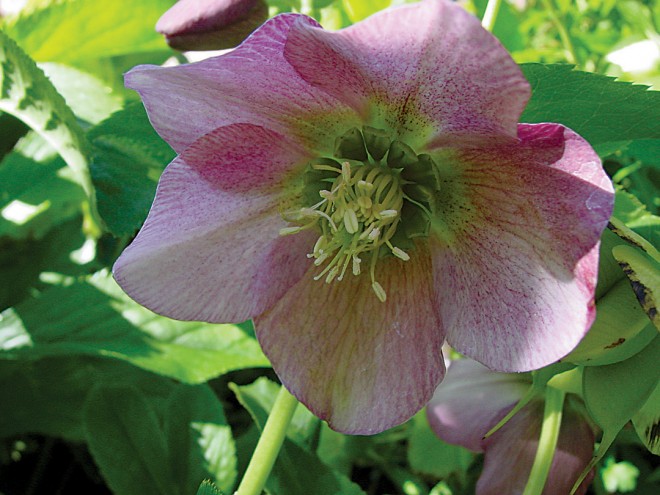
Winter Bloom
In January and February, manzanitas come into their glory with attractive clusters of urn-shaped flowers. ‘Howard McMinn’, a selection of Vine Hill manzanita (Arctostaphylos densiflora), performs well at the arboretum, offering clean, dark-green foliage and pale pink flowers. Resident hummingbirds flock to them during these months, when nectar is hard to find. A Mediterranean species that provides dramatic bloom during winter is azure bush germander (Teucrium fruticans ‘Azureum’), with deep blue flowers above silvery white foliage.
California currants provide us with winter bloom to brighten the coldest months. At the arboretum, foothill currant (Ribes malvaceum) flowers from November into January and supplies much-needed nectar for passing hummingbirds. Later in the season, golden currant (R. aureum var. gracillimum) displays forsythiayellow flowers. Evergreen currant (R. viburnifolium) makes a shiny mound of foliage beneath our majestic valley oaks (Quercus lobata); its tiny flowers are not showy on their own but, when in full bloom, create a maroon mist over the planting.
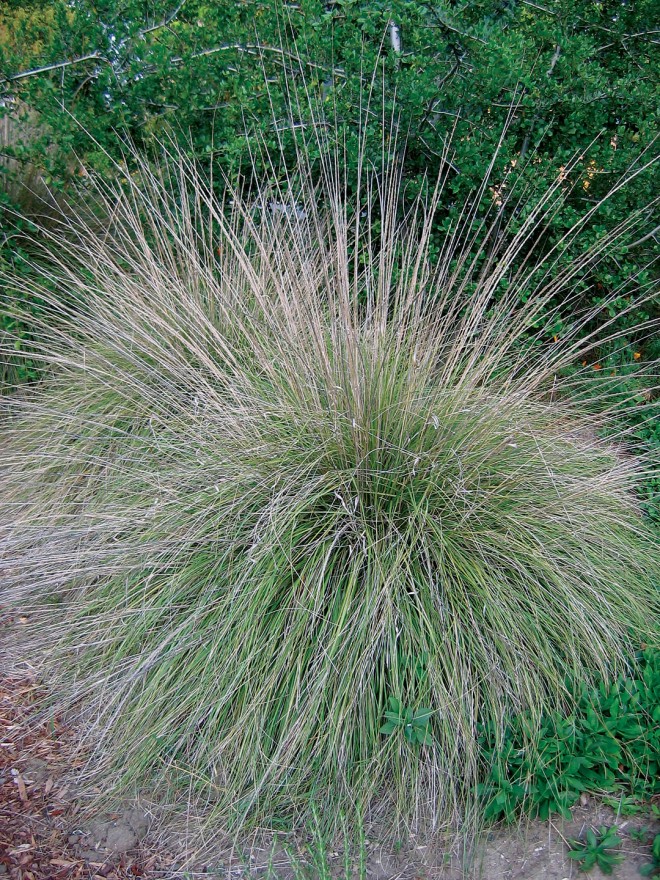
Silver Foliage and Accent Plants
Plants with silver or gray evergreen foliage, and those with spiky forms, have tremendous value for keeping the garden interesting in the rainy winter months. The beautiful silver leaves of the native white sage (Salvia apiana) shine in winter. A large perennial, it needs pinching when young to induce branching and to create a dense shrub-like form. The nonnative shrub cenizo (Leucophyllum frutescens) also maintains lovely, silky gray foliage on a rounded form in winter, long after its dramatic late summer and fall show of lavender pink flowers.
If drama is what you’re looking for, consider using the tough and adaptable coral yucca (Hesperaloe parviflora). It produces showy flowers in summer; in winter, its upright, narrow, evergreen leaves form a spiky corona. Useful for dry areas in full sun, it is compatible with grasses like the native deer grass (Muhlenbergia rigens).
Garden Maintenance in Winter
Many Central Valley gardens are plagued with heavy clay soil. Protect such soil from compaction by placing a thick layer of mulch on the soil before the winter rains begin. Be sure to leave a gap between the mulch and the plant’s trunk to avoid damaging fungal diseases caused by moisture trapped at the stem. Mulch will suppress spring weed seed germination, reducing or eliminating the need for herbicides, and allow you to work in the garden in winter without compacting the wet soil. In summer, mulch will shade the soil, keeping plant roots cooler and reducing water loss from evaporation. It will also keep your gardening shoes mud free.
When the rains begin, remember to break down any watering basins you constructed around new transplants, to avoid standing water at the crown. Do not prune native trees and shrubs in wet weather; they are susceptible to fungal diseases that enter cuts during that season. To ensure vigorous growth and tidy forms, cut back fall perennials in winter, after the birds have had a chance to feed on the seeds. The Arboretum All-Stars, our recommended plants for Central Valley gardens, were not damaged by last winter’s freeze, although we did suffer some dieback on more tender plants such as Brugmansia. Many plants can easily tolerate slight damage from low temperatures and recover quickly. Plants with some frost damage can be shaped in spring to remove any discolored foliage, and will re-grow quickly.
Following a freeze, we recommend that you wait before pruning damaged foliage or removing plants that have died to the ground. Dead growth will protect the plant from further freezing. Pruning too soon leaves tender new growth unprotected and even more vulnerable to low temperatures. When the danger of frost has passed, check stems to see if they are firm or spongy. If they are firm, scrape a small section of bark with a fingernail and look for a thin layer of green just below the bark. All spongy and brown growth can be removed, leaving firm green stems to re-sprout. Later, you can prune to re-shape plants as needed.
Arboretum All-Stars for the Winter Garden
The horticulture staff at the UC Davis Arboretum has selected fifty Arboretum All-Star plants that are reliable, easy to grow, and will broaden the seasons of color, fragrance and beauty in Central Valley gardens (see Arboretum All-Stars: Great Plants for Central Valley Gardens in Pacific Horticulture, April 2007). The following are some of our favorite plants for winter interest in Central Valley gardens. Garden hybrid hellebores (Helleborus ×hybridus) are easy perennials that brighten shady winter gardens by producing clusters of saucer-shaped flowers of white, pink, mauve, or smokey purple. Many new selections are available in darker colors, with double petals, or with more upright rather than down-facing flowers. The large, leathery-looking, evergreen leaves persist; if they look tired, they can be cut back in the winter before the flowers and new foliage emerge. [Sunset zones 2b-10, 14-24]
Washington thorn (Crataegus phaenopyrum) is a sturdy small tree perfect for today’s modest suburban gardens. It provides year-round interest for Central Valley gardens, with white spring flowers in profusion, brilliant scarlet foliage in fall, and ornamental clusters of fruit that are appreciated by birds in winter. It appears to be disease free in our area. [Sunset zones 2-12, 14-17]
Winter daphne (Daphne odora ‘Aureomarginata’) is an evergreen shrub useful in the shade garden and sought after for its fabulous winter fragrance. It is able to tolerate our clay loam soil with watering only every two weeks in summer. The rounded clusters of pinkish flowers will entrance you and the visitors to your garden with their scent. It may take a few tries to find the perfect spot for this winter bloomer but it’s worth the effort. [Sunset zones 4-10, 12, 14-24]
Deer grass (Muhlenbergia rigens) is a native grass useful as an accent plant or low, informal screen. It can reach three to five feet tall and four to six feet wide. Adaptable to either full sun or part shade, it needs little to average irrigation. Deer grass produces upright, arching foliage and dramatic flower spikes, and adds texture and movement to perennial plantings. It can be cut to the ground to freshen the foliage every few years and sprouts back rapidly. [Sunset zones 4-24]
If You Should Like to Visit . . .
The UC Davis Arboretum is located on the Davis campus, stretching two miles along the banks of the old north fork of Putah Creek, with headquarters on LaRue Road. For more information about the UC Davis Arboretum, the Arboretum All-Stars program, membership, volunteer opportunities, or directions and a map, please call 530/752-4880 or visit arboretum.ucdavis.edu.
Share:
Social Media
Garden Futurist Podcast
Most Popular
Videos
Topics
Related Posts

Ground Up Science for Greener Cities with Garden Futurist Dr. Alessandro Ossola
Spring 2023 Listen to the Podcast here. Alessandro Ossola is a scientist who gets very excited about the challenge of climate change allowing for an

Readying Urban Forests for Climate Realities with Garden Futurist Dr. Greg McPherson
Winter 2023 Listen to the Podcast here. “Going from the mow and blow to a more horticulturally knowledgeable approach to maintaining the landscape. And that

Low Maintenance Gardens – Better for Pollinators and People
Autumn 2022 “I come out every day. It’s therapy, my meditation.” Janet’s young garden transformed from overgrown, invasive plants to mostly natives. The dailiness of

Invasive Plants Are Still Being Sold: Preventing Noxious Weeds in Your Landscape
Autumn 2022 With so many beautiful ornamental plant species and cultivars throughout California and the Pacific Northwest, how do you decide which ones to include










Responses